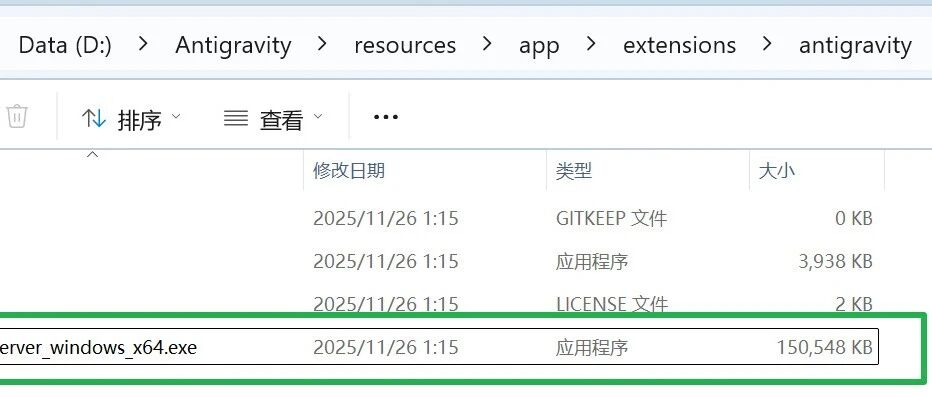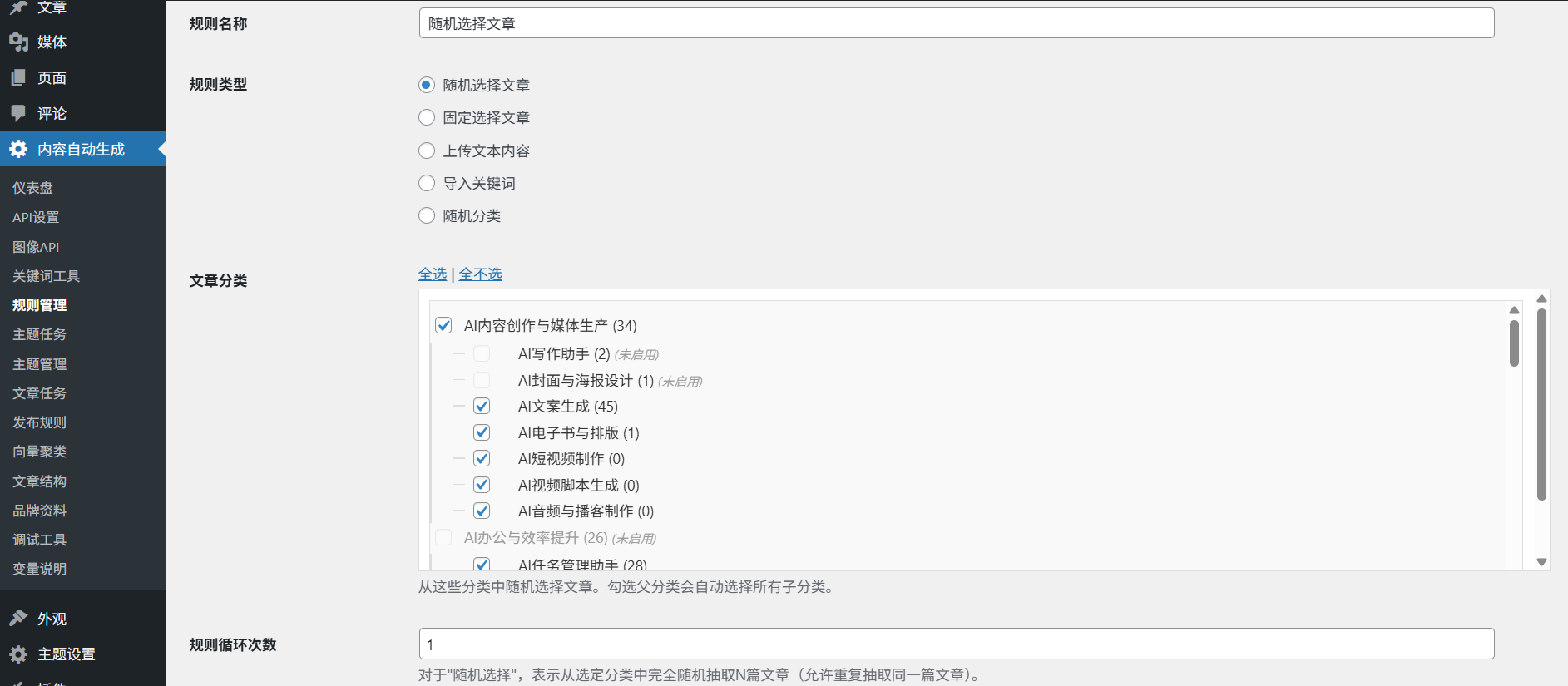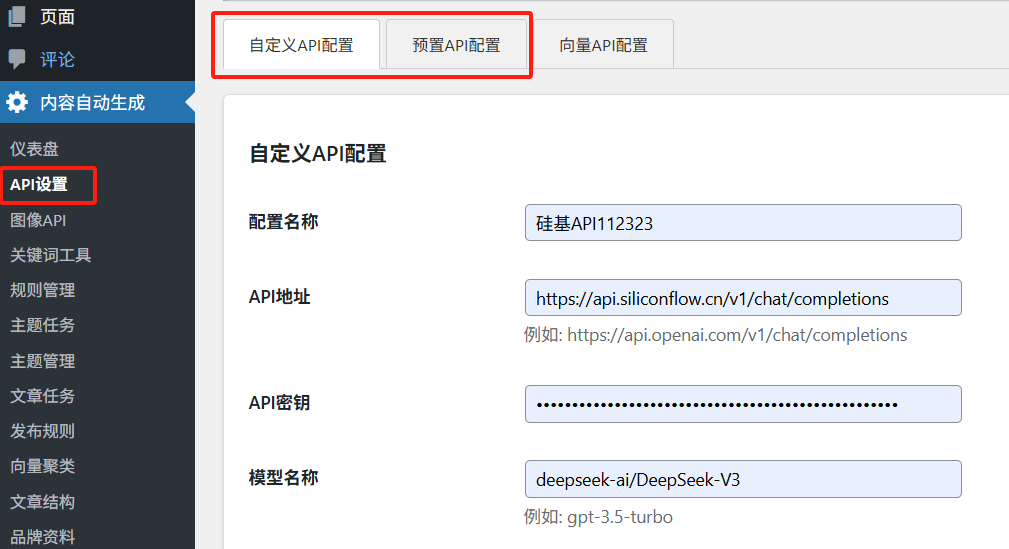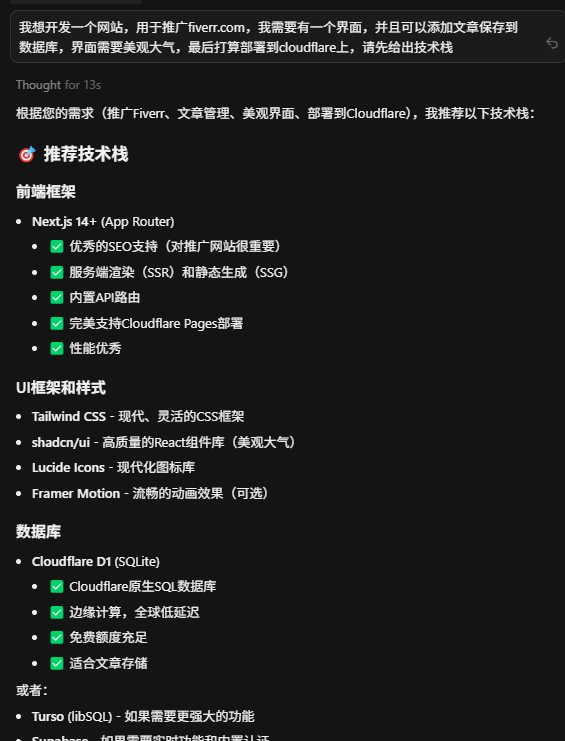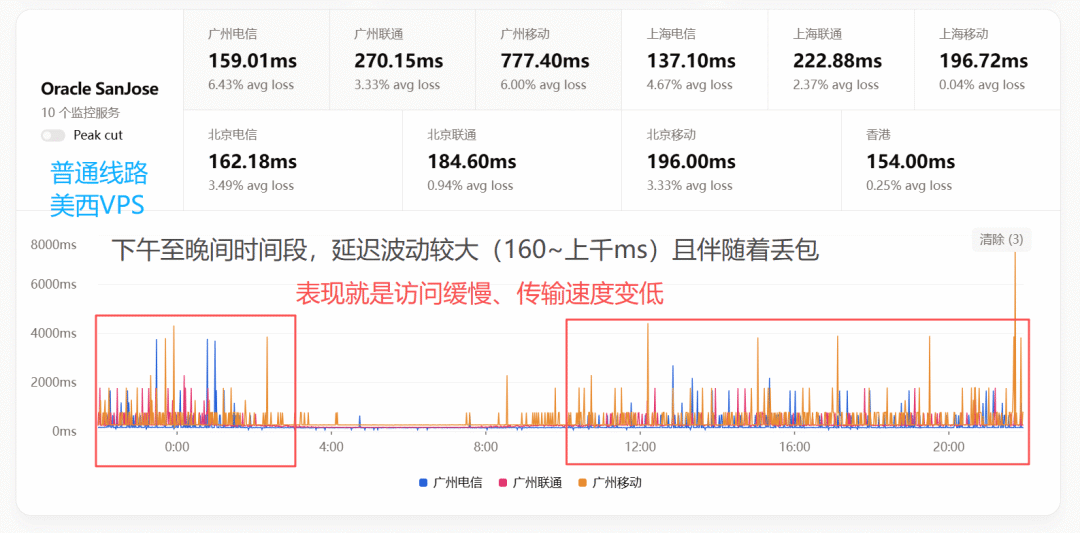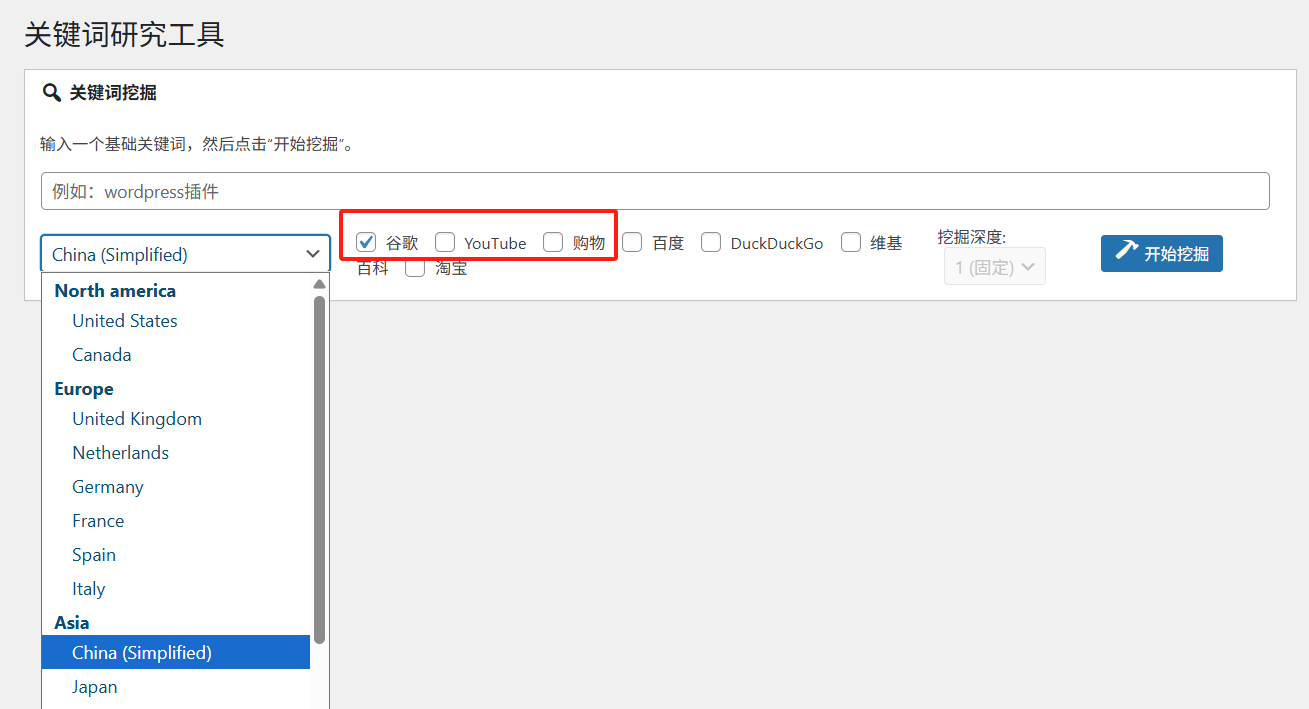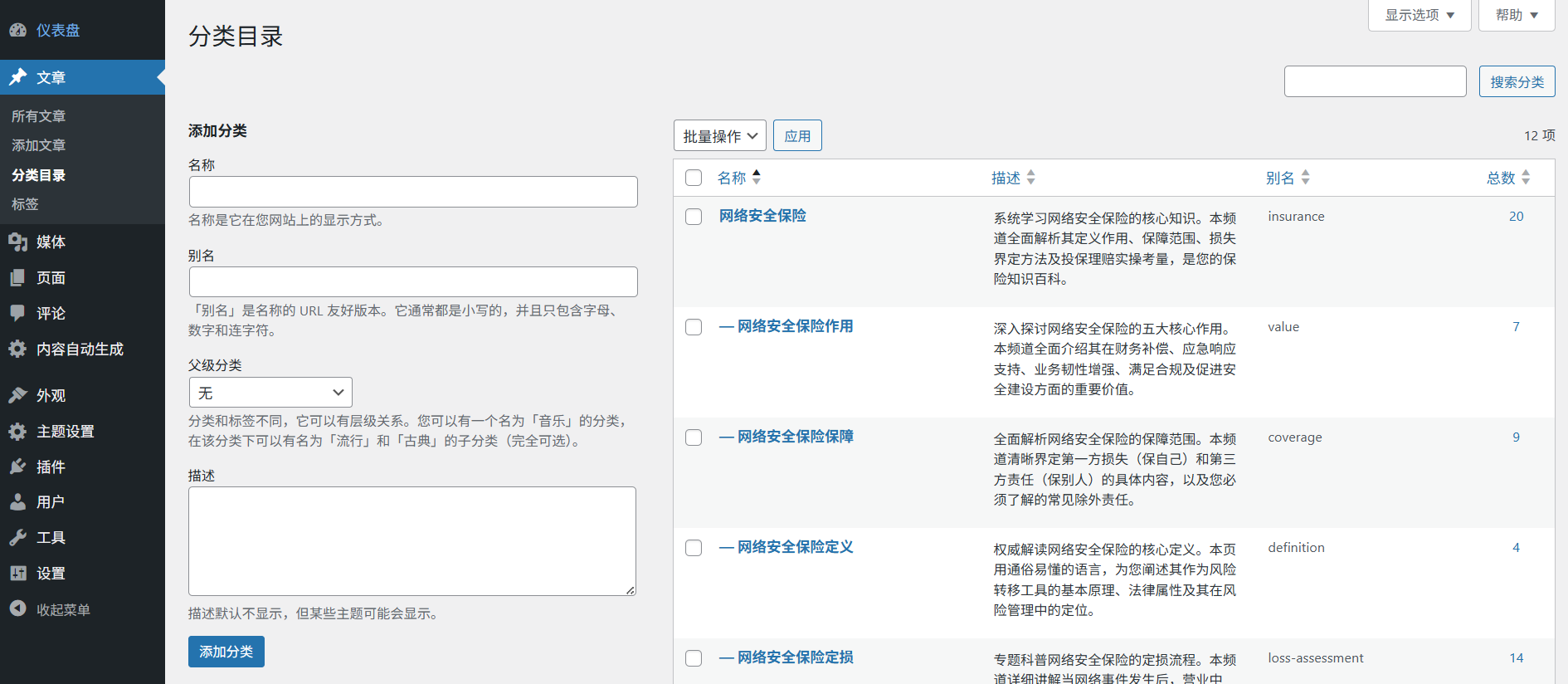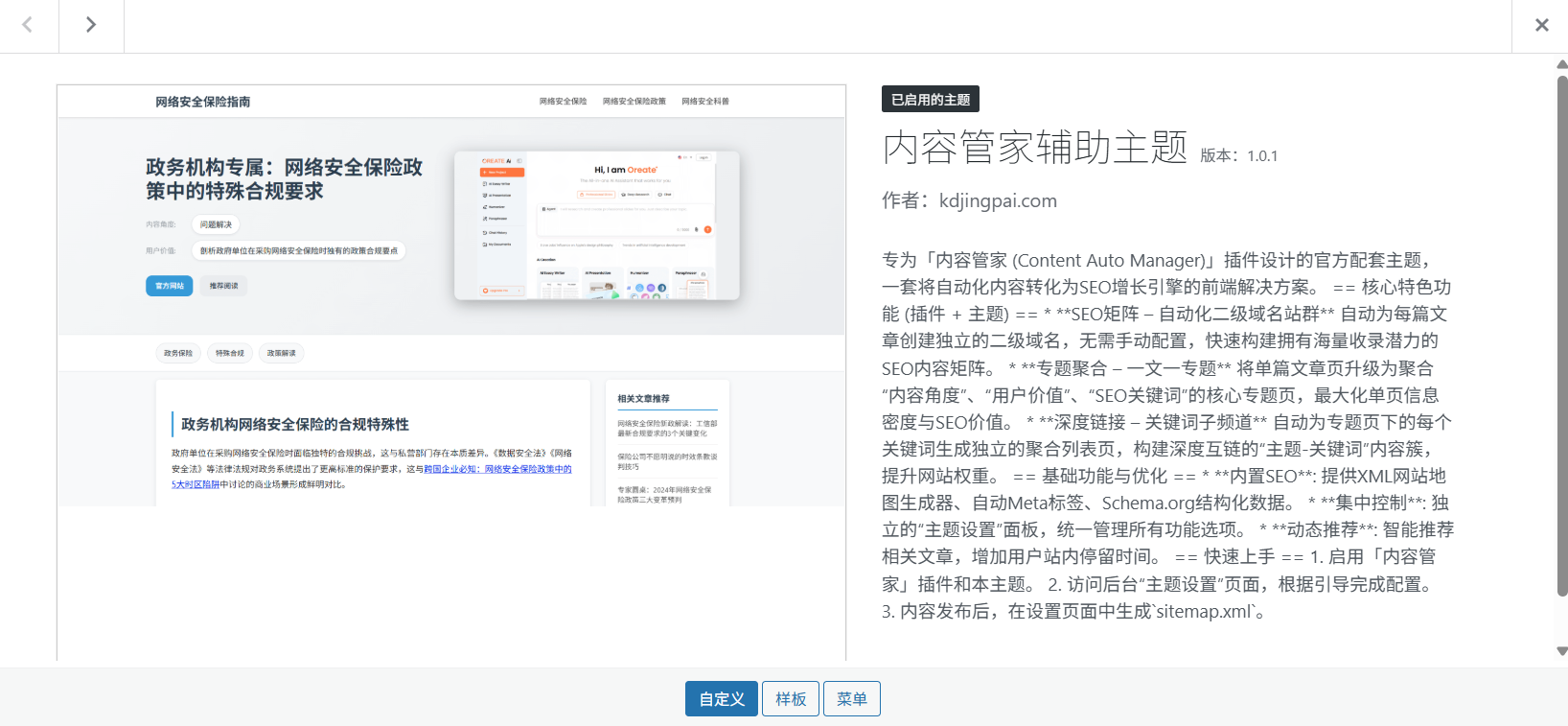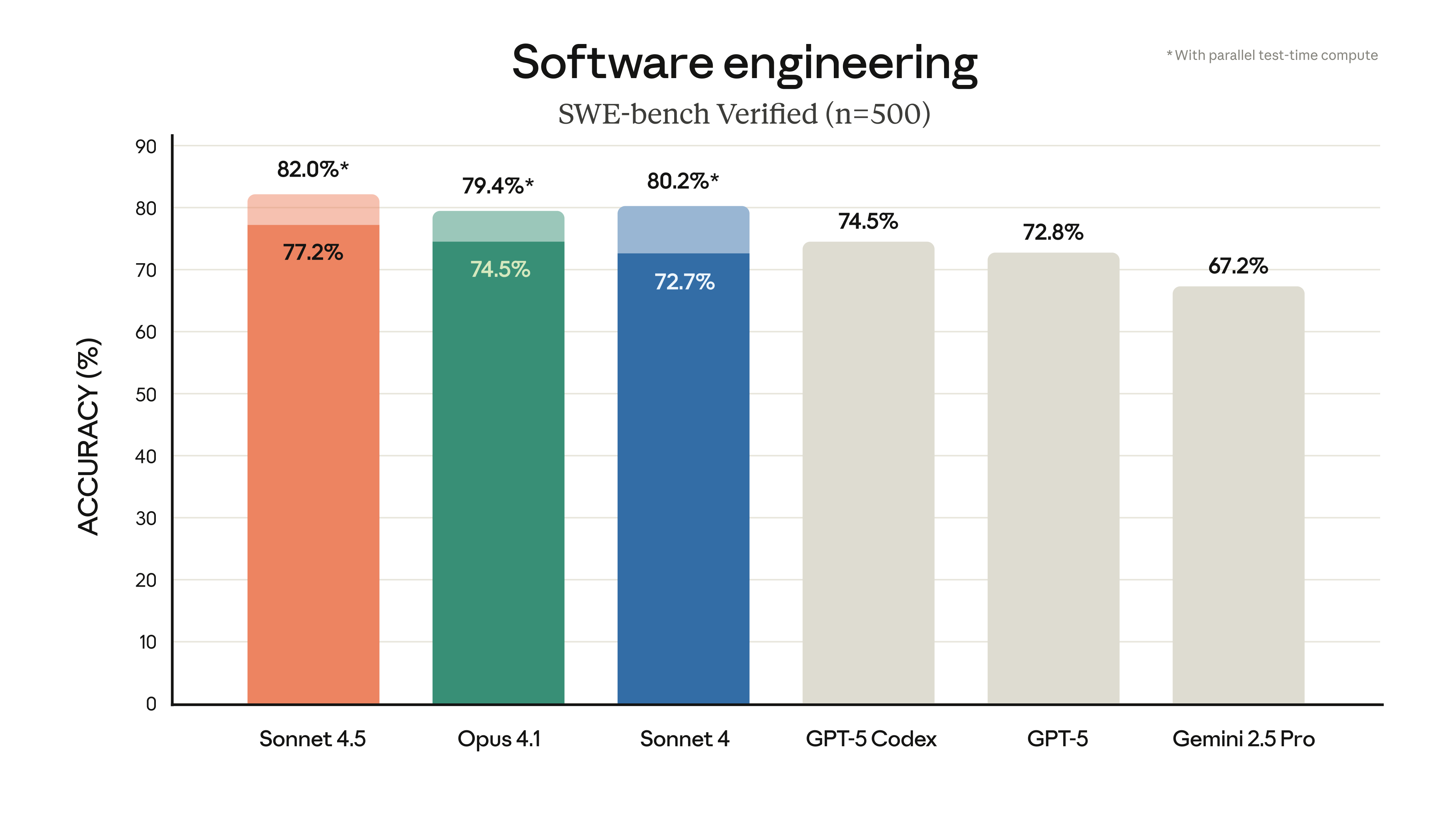Configuring the MiroFlow development environment consists of the following steps:
- clone warehouse: Clone the MiroFlow codebase from GitHub and go to the appropriate directory
- Setting up the Python environment: uv and Python ≥ 3.12 recommended
- Configuring Environment Variables: Includes required API keys (Hugging Face, OpenRouter, Anthropic, etc.) and optional settings
- Preparation of E2B sandbox (optional): Install the E2B command line tool and build a local Docker image to ensure that the results are reproducible
Specific configuration requires storing environment variables in the .env file, and the .env.template template file is officially provided for reference. Once the configuration is complete, the installation can be verified by running a single task or using a benchmark script.
This answer comes from the articleMiroFlow: a framework for building, managing and scaling AI intelligencesThe













